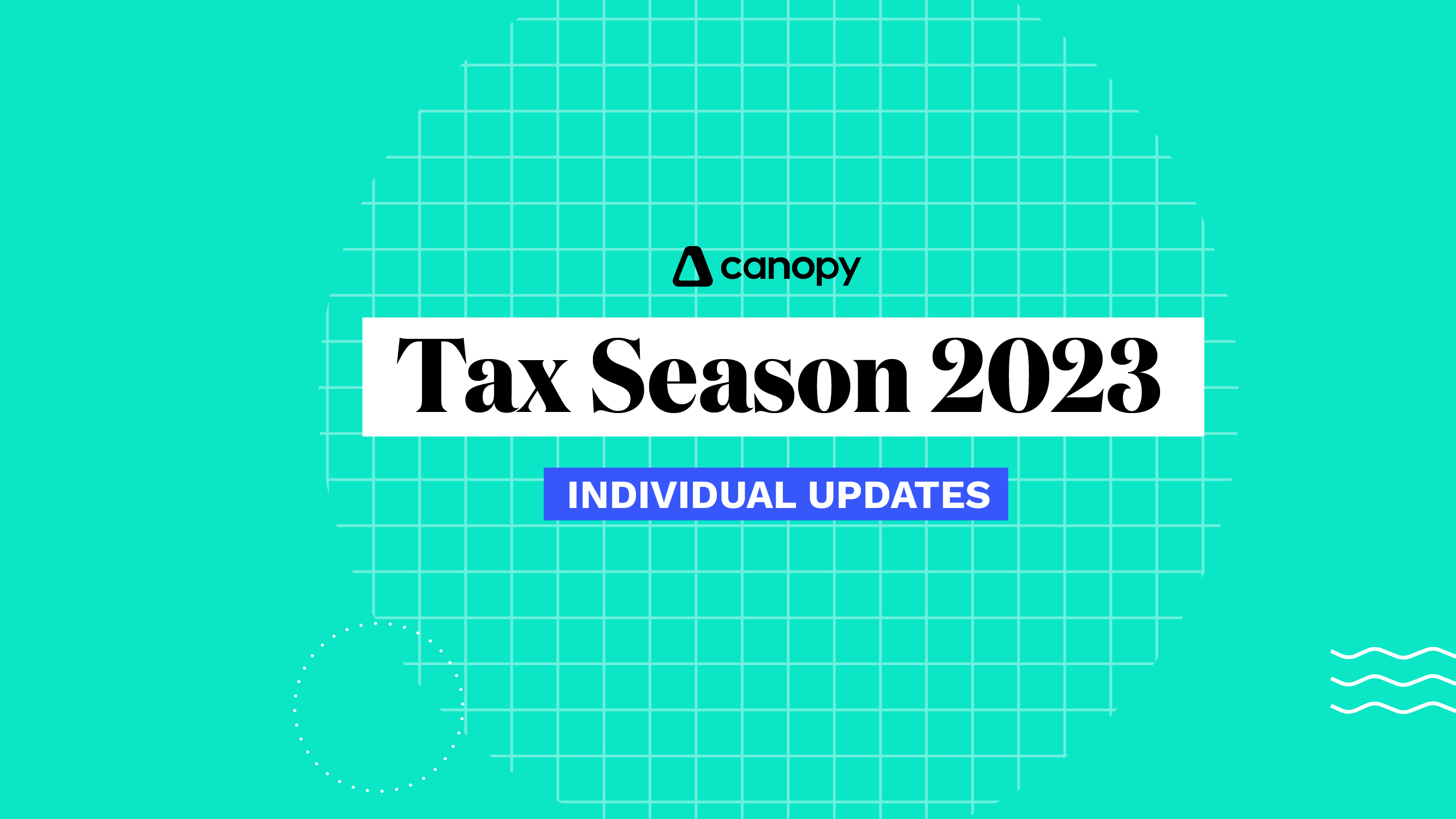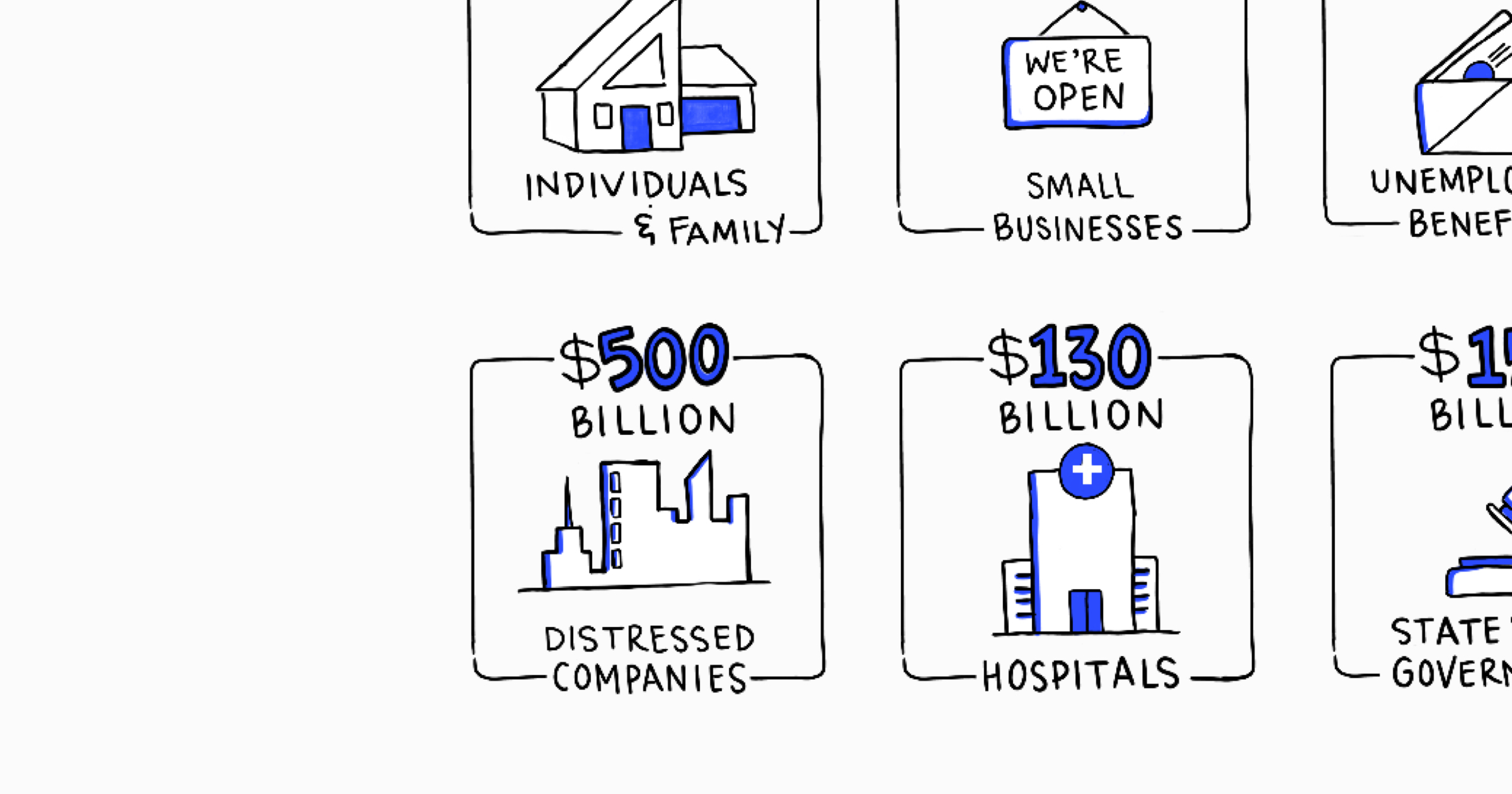More than 36 million families will receive letters from the IRS in the coming weeks. But this time, it’s good news and you can ease your clients' worry when they call you freaking out. Starting July 15, all eligible households will start receiving advanced Child Tax Credit payments every month through December of this year. In part with the American Rescue Plan, the goal of this credit is to lift more than five million children out of poverty.
What We Know
These early payments represent 50% of the estimated amount of the Child Tax Credit that your clients may claim on their 2021 tax return for the 2022 tax filing season. For each child younger than 6-years-old, families will receive up to $300 monthly, and for each child ages 6-17, they will gain $250. Eligibility for this payment does not impact other on-going government benefits that your client might be receiving, and the payments are non-taxable when it comes to reporting income on their 2021 return. Qualified clients can rest assured knowing that the payments will be dispersed on the 15th of each month, unless that falls on a weekend or holiday.
Who’s Eligible?
Most families are eligible for the payments; the full credit is available to married couples who have children and jointly file taxes with an adjusted gross income less than $150,000. For individuals with children, their income must be less than $75,000. The enhanced credit will phase out for those making more than $150,000 jointly and $75,000 for individuals. Payments will cease for those making more than $170,000 jointly or $95,000 for individuals, according to the IRS.
What You Should Know
The IRS unveiled a new online tool this week to help determine eligibility for each household. This tool is not meant to be used for updates to a client's financial status or qualifications. (Stay tuned for a separate interface coming soon called the Child Tax Credit Update Portal.) Filling out this form will also determine if your client is eligible for a third Economic Impact Payment if they missed out on the first and second stimulus checks. If applicable, payments will be automatically issued when your client enters their direct deposit information, so there’s no need for them to ask you to keep track of their refund. If you decide it is in your clients’ best interest NOT to claim the full credit, there will be an additional interface option unveiled to unenroll before the first Child Tax Credit is made on July 15.
The Fine Print
These changes only affect those households that have not yet filed a tax return for the 2021 filing season. If you have already filed this year’s return for your client and claimed the Child Tax Credit, there is no additional action to take. If eligible, those households will automatically receive their refund. If this year’s return has not yet been filed, the IRS encourages you to do so ASAP, otherwise they will determine eligibility based on the 2019 return.
Do NOT advise your clients to use this form if:
-
-
-
- Their household gross income exceeds $12,400 (or $24,800 for married couples)
- They were married at the end of 2020, but will not be including their spouse’s info going forward
- Their main residence is outside of the US
- Their child was born in 2021
-
-
If you advise your clients to fill out this form, they will need to provide:
-
-
-
- Full name of registered guardian(s) and DOB
- An up-to-date mailing AND email address
- Social Security numbers (or taxpayer IDs) for guardians and all dependents
- Bank account information
- Identity Protection Personal Identification Number (IP PIN), if applicable
-
-
Answering Your Clients FAQ
If I Take the Monthly Payment, Do I Have to Pay Later? A lot of people are worried that by taking the credit now, they will have to end up paying later. This is partially true. Since the IRS is using previous years tax returns to determine advanced eligibility, there is the possibility that upon filing a 2021 tax return next spring, your clients might actually owe money due to payments totaling more than their technically entitled to claim. This is likely to occur if there was an increase of household income in 2021 compared to previous years.
Will Opting Out Make Me Lose the Money Altogether? Opting out of the monthly child tax credit this year is an option available to parents if they choose. For those that opt out, instead of getting checks monthly, they will receive a lump sum as part of their 2021 tax return when it is filed in 2022.
Should Your Client Opt Out of the Monthly Payment? It's really up to the individual what works best for their family. Would some extra cash help them out monthly? If so, advise them to stick with the monthly option. Would a big payment next year be more helpful to their family? In that case, it's probably best for them to opt out of the monthly credit. Keep an eye out on the IRS website for the launch of its upcoming tool, the Child Tax Credit Update Portal. The choice to opt out will be provided through the portal once it is available.
Be Aware as Always
With the rise of phishing and online scams in the last year, this additional tax change is prone to bring the scammers crawling out of the crypto cracks yet again. Encourage your clients to be on the lookout for schemers trying to steal their personal information. It’s always important to note that the IRS does not communicate by email, text message, or social media.
Come January 2022, the IRS will reach out to the households that accepted the advanced payments to help them claim the correct amount of payments which were dispersed. It would be wise to advise these clients to forward you that letter, so you can keep it safe for the 2022 filing season. For additional information, the IRS is updating their site daily with new information on this credit.
Canopy is a one-stop-shop for all of your accounting firm's needs. Sign up free today to see how our full suite of services can help you. 
.png)







Get Our Latest Updates and News by Subscribing.
Join our email list for offers, and industry leading articles and content.